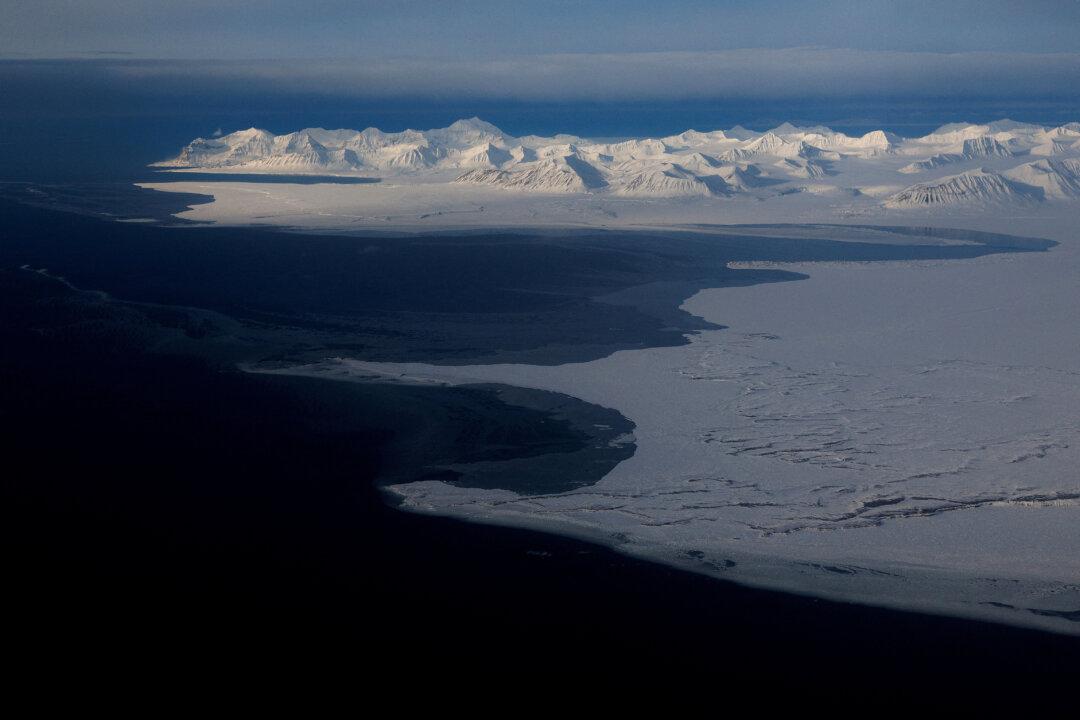Michael Sfraga, the first U.S. ambassador-at-large for Arctic affairs, said in an interview published on Nov. 1 that there have been “concerning signals” regarding Russian and Chinese military cooperation in the Arctic region.
“The fact that they are working together in the Arctic has our attention,” Sfraga, who was sworn in last month, told Reuters in a telephone interview from Alaska. “We are being both vigilant and diligent about this. We’re watching very closely this evolution of their activity.





